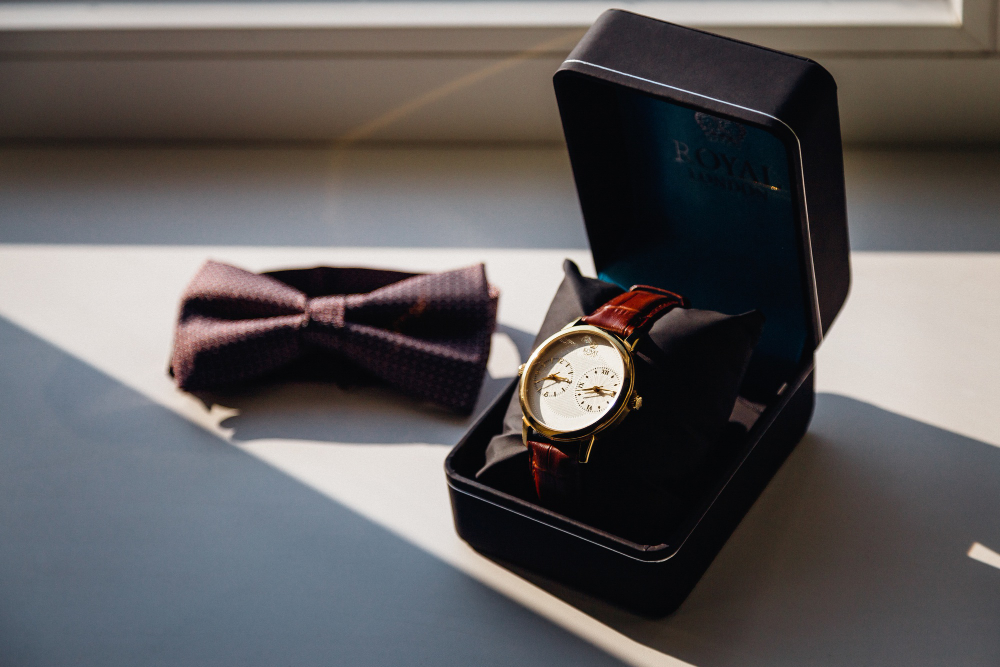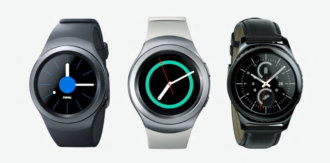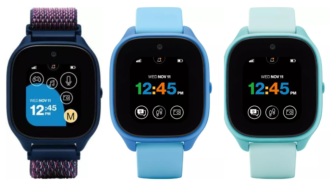Why Traditional Watches are Better than Wearable Technology
In an era where technology permeates every facet of our lives, from smartphones to smart homes, it’s tempting to assume that wearable technology, brilliant watches, is the superior choice for modern consumers. However, traditional watches continue to hold a significant place in the hearts of many. This article delves into the reasons why traditional watches often surpass wearable technology, highlighting aspects such as craftsmanship, reliability, aesthetics, and emotional value.
Craftsmanship and Heritage
Artistry and Precision
Traditional watches are celebrated for their intricate craftsmanship. The precision required to create a mechanical or automatic watch is unparalleled. Artisans spend years mastering the skills necessary to produce these timepieces. The meticulous attention to detail, the hand-assembly of components, and the fine-tuning of mechanisms are all testament to human ingenuity and dedication.
Heritage and Legacy
Many traditional watch brands have been around for centuries. Brands like Patek Philippe, Rolex, and Omega carry a rich history and a sense of legacy. Each watch is not just a timekeeping device but a piece of history, often passed down through generations. This heritage instils a sense of continuity and connection to the past, something that wearable technology, with its rapid obsolescence, cannot replicate.
Reliability and Longevity
Durability and Dependability
Traditional watches are built to last. Mechanical and automatic watches can function reliably for decades, often requiring only minimal maintenance. The simplicity of their design means fewer points of failure compared to the complex electronics found in smartwatches. A well-maintained traditional watch can be a lifelong companion, whereas wearable technology is prone to becoming outdated and often requires regular software updates, battery replacements, and, eventually, complete replacement.
Power Independence
One of the most significant advantages of traditional watches is their independence from external power sources. Mechanical watches are powered by winding, either manually or through the natural movement of the wearer’s wrist. This self-sufficiency means that they do not need batteries or charging. In contrast, smartwatches need to be charged regularly, and their functionality is heavily dependent on battery life.
Aesthetics and Personal Expression
Timeless Design
Traditional watches are often seen as timeless pieces of art. Their designs can range from minimalist and elegant to intricate and ornate. The variety of styles available ensures that there is a traditional watch for every taste and occasion. Unlike smartwatches, which often share a uniform, utilitarian appearance, traditional watches offer a broader spectrum of design possibilities.
Personal Expression and Status
Wearing a traditional watch is a form of personal expression. It can convey a sense of style, sophistication, and status. High-end watches are often associated with success and achievement. They are not just accessories but statements about the wearer’s identity and taste. While smartwatches offer customizable faces and bands, they lack the inherent individuality and prestige that come with traditional timepieces.
Emotional and Sentimental Value
Heirloom Potential
Traditional watches often become family heirlooms, carrying sentimental value that transcends generations. A watch handed down from a parent or grandparent is cherished not just for its function but also for the memories and stories it represents. Wearable technology, with its short lifespan and rapid technological turnover, cannot provide this emotional connection.
Connection to Time
There is something profoundly satisfying about the mechanical ticking of a traditional watch. It creates a tangible connection to the passage of time, a reminder of the craftsmanship involved and the human effort behind its creation. This connection to time is more abstract with a smartwatch, which often emphasizes notifications and connectivity over the simple act of telling time.
Functional Simplicity
Purpose-Driven Design
Traditional watches are designed with a clear, singular purpose: to tell time accurately. This focus on functionality ensures that they excel at their primary task. Smartwatches, while multifunctional, often suffer from the complexity and potential distractions of numerous apps and features. The straightforward design of traditional watches is refreshing in an age of information overload.
Ease of Use
Traditional watches are incredibly user-friendly because they are simple. There are no software updates to install, no interfaces to navigate, and no connectivity issues to troubleshoot. This ease of use is particularly appealing to those who prefer straightforward, reliable tools over complicated gadgets.
Environmental Considerations
Sustainability
Traditional watches are generally more sustainable than their technological counterparts. The production of mechanical watches involves fewer non-renewable resources compared to the manufacturing of electronic devices. Additionally, the long lifespan of traditional watches means less electronic waste. Smartwatches, with their relatively short usage cycles and frequent upgrades, contribute significantly to electronic waste and environmental degradation.
Repairability
Traditional watches are designed to be repaired and maintained. Skilled watchmakers can service and restore these timepieces, often using original parts. This repairability contrasts sharply with many smartwatches, which are difficult to repair and usually designed for disposability once they become obsolete or malfunction.
Privacy and Security
Data Security
Traditional watches do not collect or transmit data, ensuring complete privacy for the wearer. In an age where data security and privacy concerns are paramount, this can be a significant advantage. Smartwatches, on the other hand, are often linked to personal devices and networks, making them potential targets for data breaches and hacking.
Freedom from Surveillance
Wearing a traditional watch means freedom from the constant surveillance that comes with many wearable devices. Smartwatches often track physical activity, location, and other personal metrics, which can be shared with third-party applications. The simplicity of a traditional watch offers peace of mind and freedom from such intrusive monitoring.
Conclusion
While wearable technology offers a range of functionalities and conveniences, traditional watches retain a timeless appeal that transcends technological advancements. Their craftsmanship, reliability, aesthetic value, and emotional significance make them more than just timekeeping devices; they are pieces of art, expressions of personal identity, and symbols of heritage. In a world increasingly dominated by transient technology, traditional watches stand as enduring testaments to human artistry and the enduring value of simplicity and elegance.

















